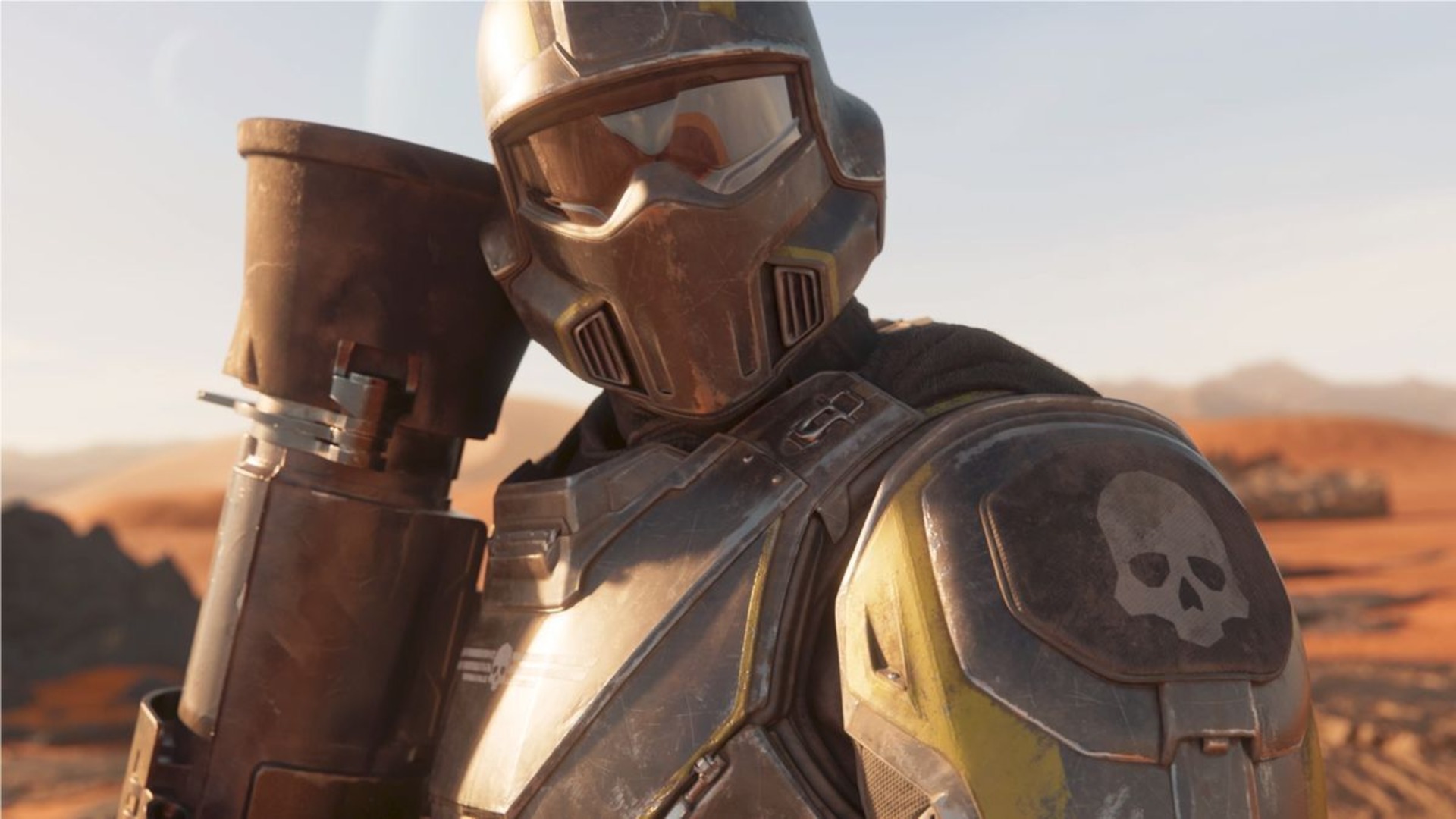
(Image credit: PlayStack / Localthunk / Makeship)
The Summer Game Fest live kickoff spotlighted some intriguing development claims, like a Sifu-like brawler supposedly crafted by one developer and nine friends, and Clair Obscur: Expedition 33 allegedly being made by fewer than 30 people. This narrative, especially concerning the core Sandfall staff, appeared fixated and erroneously marked on team sizes.
Tyler Glaiel, known for The End is Nigh and Bombernauts, noted, “My favorite part was ‘solo developer, with the help of 9 of his friends.'” These statements resonate alongside mentions of indie successes like REPO and Schedule 1, both celebrated for competing with AAA titles despite their smaller teams. Yet, the underlying rhetoric alluded to a diminishing team size narrative, celebrating games made by mere “one embryo in the womb.”
Balatro’s Localthunk expressed concern over this “David vs. Goliath narrative” potentially pitting developers against one another, spotlighting who manages to work with the tinier crew. In a Bluesky post, he remarked, “People and media often say Balatro was made by ‘one guy,’ which might fuel this narrative. No, it was not ‘one guy’, look at the in-game credits.” A reflection many echo — games bear numerous contributors beyond their often single-named faces.
Consider Undertale’s Toby Fox, whose credits list countless artists and programmers, or Stardew Valley’s Eric Barone, whose team now includes QA and platform support. Meanwhile, historical mentions like “Undertale, by Toby Fox” or Balatro’s AMA of “developer and artist for Balatro” continue this framing.
This isn’t to label developers as misrepresentative. Highlighting a “creator” doesn’t negate the broader team efforts behind these games. Names like Julian Gollop of XCOM or Hideo Kojima of Death Stranding pinpoint significant figures but don’t exclude others’ contributions.
The evolving approach focuses on detailing involvement, from initial ideation to completion. Game development spans numerous roles beyond programming and artistry, as Joakim Sandberg, creator of Iconoclasts, highlighted by disputing that a director alone champions every aspect of a game.
As seen with Clair Obscur: Expedition 33, the notion of a team “under three dozen” belies contributions from many, beyond just Sandfall. This discourse on team size versus project completion inevitably surfaces.
From recent developer concerns, this portrayal seems to glorify small team dynamics against a AAA villain backdrop, highlighting a world between leading and solitary development. Credits often overlook external, contracted, or third-party contributors, as stressed during the Summer Game Fest.
The Coalition’s Jarret Poole noted, “We’re entering ‘we’re not like those OTHER studios’ marketing, causing some unease.” Mike Bithell echoed, “It’s noticeable when ‘and an army of outsourcers outside America and Western Europe’ is left out.” Team size transparency is welcomed, but as a marketing point, it raises discomfort.
For further announcements from Summer Game Fest 2025, check the official list.